Our leadership in hybrid electric technology is built on more than 20 years, 15 million sales and half a billion kilometres of experience. The Toyota Yaris was the first to introduce hybrid power to the small car market, and now the all-new, fourth-generation Yaris builds on that reputation with a new, fourth-generation hybrid powertrain.
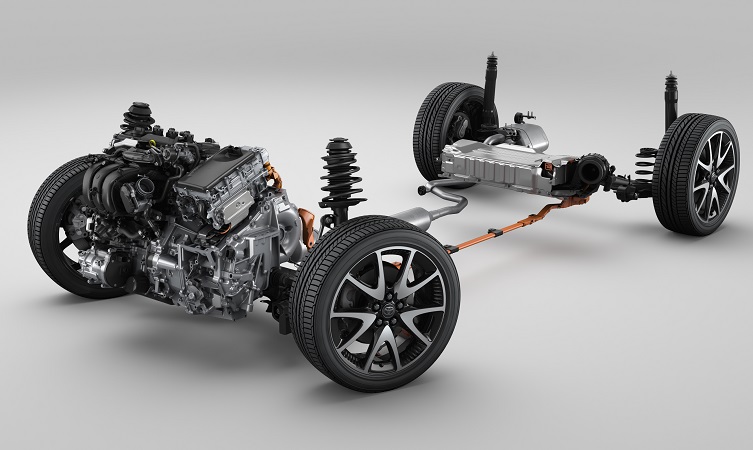
Fourth-generation hybrid electric system
In the development of this high-tech new powertrain, the engineering team focused on the dual qualities of efficiency and driver enjoyment, with tuning and calibration to suit European roads. This is explained for us in the video below by hybrid expert Keisuke Morisaki, a senior manager at Toyota Motor Europe.
Data underlines the extent of the team’s technical achievements. For example, overall efficiency has increased by 22%, a figure that would traditionally come at the expense of performance. Yet total system output is actually 16% greater at 114bhp, the 0-62mph time of 9.7 seconds represents a 15% improvement, and overtaking performance from 50 to 70mph has been cut by two seconds. CO2 emissions have dropped to 92g/km and the combined fuel economy figure is from 68.9mpg (WLTP cycle).
But one of the most immediately noticeable advancements is that the car’s all-electric EV capabilities have been transformed. It is now possible to drive in EV mode for much longer periods in urban traffic, and even maintain speeds of up to 80mph without assistance from the petrol engine. This endows the all-new Yaris with many of the benefits of a battery electric vehicle but at a lower price and no range anxiety.
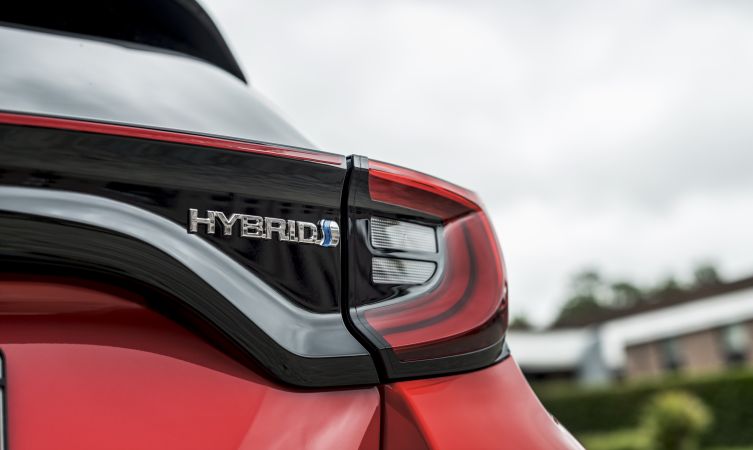
Let’s now examine how each of the principal components in the hybrid system contribute to the new model’s enhanced efficiency and drivability.
M15A-FXE 1.5-litre hybrid engine
The all-new 1.5-litre hybrid engine (known internally by its M15A-FXE codename) is directly derived from the same TNGA engine family as the 2.0-litre unit employed in the Corolla and Toyota C-HR. It features a three cylinder configuration, long piston stroke, 14:1 compression ratio and super-fast combustion with optimal temperature and pressure control. This contributes to its exceptionally high thermal efficiency of 40%, which ensures that more of the energy potential from each drop of fuel is captured.

In common with all Toyota hybrid engines, the new M15A-FXE runs on the Atkinson combustion cycle, which keeps the intake valves open for longer in order to delay the compression stroke and improve efficiency. It offers a maximum output of 90bhp at 5,500rpm and peak torque of 120Nm at just 3,600rpm.
Hybrid transaxle
The hybrid transaxle (shown below) has been completely redesigned, adopting a new dual-axis structure that has reduced its size by 9.0%. This means that the two electric motor/generator units located within the transaxle now sit on their own shaft instead of being placed one behind the other. These motor/generators are known as MG1 and MG2.
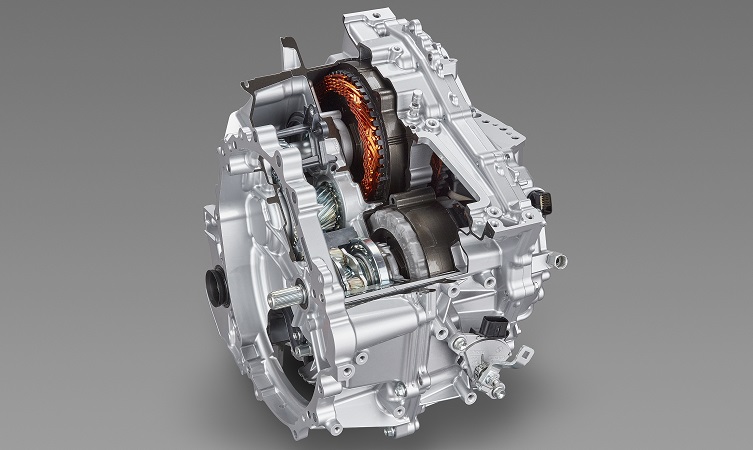
MG1 starts the engine and generates power to charge both the hybrid battery and the 12V auxiliary battery. MG2, on the other hand, is the larger unit and is used to drive the vehicle through the front wheels. Benefitting from new segment-type coils on the stator, MG2 can deliver 59kW of power and 141Nm of torque at a maximum of 17,000rpm.
The transaxle also has a new ring gear-driven oil pump, which provides lubrication for both the gears and motor/generator units.
Lithium-ion hybrid battery
The all-new Yaris adopts a lithium-ion hybrid battery (below) that is not only more powerful but smaller and 12kg lighter than the nickel-metal hydride battery of the outgoing model. Voltage has risen from 144 to 177.6V although the number of cells has been reduced from 120 to 48. Current flow has also been significantly improved: output has increased by 50% while input, such as energy regeneration through the brakes, is 100% faster. Compact dimensions allow the battery to be located beneath the rear passenger seat so that luggage space is not compromised.
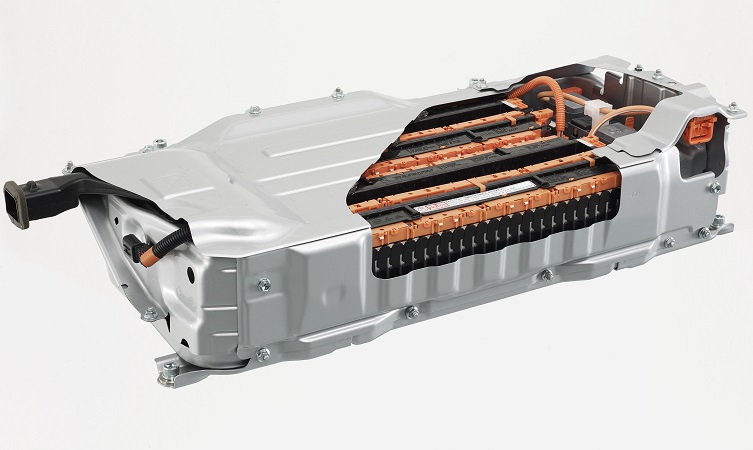
Power control unit
Often referred to as the PCU, this high-capacity power control unit is used to boost the voltage coming from the hybrid battery and convert it from direct to alternating current. The PCU uses transistor control for this inversion, and the efficiency of these transistors is optimised by arranging them vertically so they be cooled on both sides. More accurate heat control allows a higher frequency of current switching – up to 10,000 times a second – which makes a significant contribution to the system’s efficiency and transfer of power to the motor.
Power split device
This device is the heart of the hybrid system, governing the interaction between the aforementioned components. It enables the new Yaris to operate as a parallel hybrid with MG2 powering the car alone, or in combination with the hybrid petrol engine.
Learn more: Introducing the all-new Yaris
Learn more: Design features of the all-new Yaris
Learn more: Driving dynamics of the all-new Yaris
Learn more: Safety and equipment features of the all-new Yaris
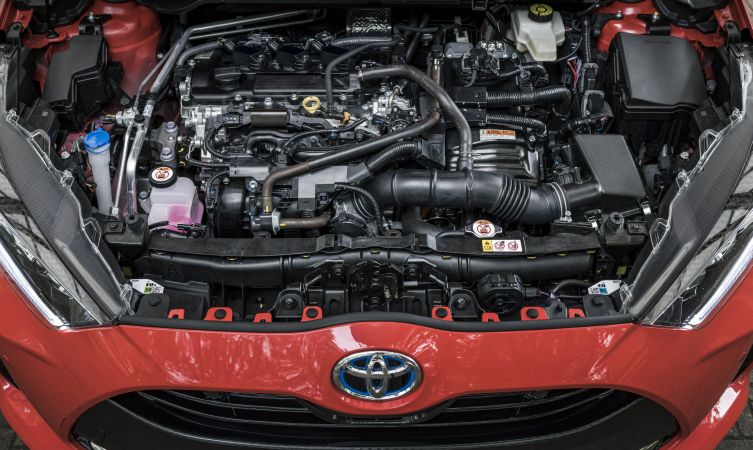




Please can you tell me which type of Hybrid transaxle is used in Yaris.
In Corolla that I have is P610.
Hi Max,
Thanks for your comment and your patience.
The hybrid system in the new Yaris features a smaller, lighter transaxle containing a new, dual axis structure for the motor and generator. This has a low loss gear train with a smaller overall width. This parallel axis structure both increases the motor’s rotation speed and reduces its size.
The new Yaris is also the first hybrid model to be fitted with 2 oil pumps, with the second allowing for better use of the main electric motor and meaning that the car can drive in EV mode for longer and at higher speeds of up to 80mph.
It also improves fuel efficiency.
Thanks.
P910
Hi!! Can you tell me about the cooling system of the inverter??? And about the cooling of the battery??
Hi Alexander,
Thanks for getting in touch with us.
You can access further information via New Car Features or the Repair Manual.
Your nearest Toyota Centre may also be able to advise, but if not, information can be accessed using the following website: https://www.toyota-tech.eu/.
However, access to this site is payable.
Thanks.
We are about to replace a 22 year old Corolla hatch with an ordered Yaris Hybrid Luna. I fitted a trickle charger (Streetwise model SWTBC) to the former. The small unit fitted to the car and connected to the battery charges and sometimes discharges the 12v battery so is suitable for long term connection. A little plug from a brick type transformer goes into the fitted unit and plugs into the ac supply.
I believe that the Yaris hybrid engine is started by power from the Li battery so a trickle charger cannot be connected. Is this correct? Is there anything that can be done to keep the Li battery charged if the vehicle is not used for several weeks/months?
Hi Dave, thanks for your comment.
The Yaris Hybrid is also started by the 12V battery. A trickle charger can be connected to this in the same was as your current Corolla and we would recommend to do so if you will not be driving it regularly.
Thanks.
Many thanks for your swift reply. So I now know that the Hybrid engine is started by the 12v auxillary battery.
Last time we flew on holiday we came back to a flattened 2000 Corolla battery (a cockpit light left on). For the new Yaris Hybrid replacement can the car be started by Jump leads, or a lead acid 12v jump starter, or a Li 12v jump starter, all of which we own. I am sure that some of these points may be covered by the Owners Manual but as I have only recently ordered the car I don’t have the manual. Many thanks for your help.
Hi Dave, thanks for your comment.
You can view the owner’s manual for your new Yaris online. Here is the link: https://www.toyota.co.uk/tme#/my-toyota/eManual
Thanks.
Yes, it can be trickle charged via the right had fuse box and a good earth. What Toyota are omitting to tell customers at the point of sale, is that in winter months when the electrical system is loaded shortish runs will drain the 12 Vdc service battery to a point when it does not start, as the service battery will not activate your car. I know because this happened two days ago to my Yaris Cross. The AA came and boosted the battery allowing the car to start. I took it for a ten-mile run, turned it off and went Indoors.
Next morning the situation was worse. The doors managed to open, the instrument lights wouldn’t come on and when I pressed brake and pushed the start button the brake pedal went up and down repeatedly.
The AA came again and got it going, they then followed me to Aylesbury, Steven Eagell Toyota , where the staff were less than helpful. It has had a night on charge with them, and I picked up this morning again complaining about their attitude to customers.
I will now not use the car for two days and monitor the battery voltage keeping recors Quite frankly I am none to impressed with a car that is going to need trickle charging, especially as it’s a self-charging vehicle. Somehow, I can see big trouble on the way between me and Toyota. Frankly I wish I had not bought the car.
Watch this space!!
Hi Christopher, thanks for your comment.
We are sorry to hear about this experience and that you were dissatisfied with your service.
Shorter journeys and infrequent usage don’t allow for the 12 volt battery to fully charge. We have some advice on how to maintain your hybrid battery here: https://mag.toyota.co.uk/coronavirus-toyota-hybrid-car-maintenance/
Please contact our Customer Relations Team to discuss this further. You can find them here: https://www.toyota.co.uk/help-centre#/iframe/https%3A%2F%2Fforms.toyota.co.uk%2Fcontact-us
Thanks.
According to the Yaris hybrid owners manual my new car needs 0W-8 oil. None of the local car accesory places seem to stock this (West Cork, Ireland). Is it essential or will 0W-10 or 0W-20 be ok for the car?
Hi Dave,
Your nearest Toyota Centre will be able to order in the oil your Yaris requires.
Please contact them for further information.
Thanks.
Where and who manufactures the 2018 1.5 hybrid yaris engine
Hi Ken,
Unfortunately, we do not have this information available.
We apologise that we cannot help you further.
Thanks.
Does the new Yaris engine fitted to UK cars use drive belts in its CVT design and do you have any more information on how this CVT works?
Also, does the Yaris use a launch gear like some other models?
Hi Roger,
Thanks for your question.
We have a blog article which may provide you with some more information on this.
You can read this here – https://fal.cn/3mD26.
Thanks.
That article describes the previous generation of CVT transmissions, that had a belt drive, unlike the latest. This Youtube video describes the more reliable beltless planetary gear ‘power-split’ CVT of the new (MK4) Yaris.
Oops – here’s the video: https://youtu.be/XFVd_fCiO88
On 17 January 2022 you recommended that I connect a trickle charger to my Yaris hybrid. Do I connect the charger to the special Jump start contact inside the fuse box and also to a suitable negative contact?
Hi Dave,
We would recommend following the instructions that are given.
Alternatively, please contact your Toyota Centre to ensure these are connected correctly.
Thanks.
Hi, I just bought a yaris hybrid (self-charging) a month ago, it is a new car. However, the battery is never fully charged. It nearly always has four bars left being uncharged. Is that normal? I have talked to some of my friendes and they said it sounds like abnormal, and there is likely a problem with the battery. Can you explain it to me? Thank you.
Hi Jialing,
Thank you for your question.
Firstly, we would like to congratulate you on your new Yaris. Thank you for choosing Toyota.
This doesn’t sound like a problem. However, your Toyota Centre should be able to test your battery if you wish.
Furthermore, the hybrid battery is designed to be in the vehicle for its entire life.
As a result of this, in addition to the manufacturer warranty, your Toyota Hybrid battery can benefit from up to 15 years of warranty in total.
With every service at a Toyota dealer, the warranty is extended for a further 12 months, up to the 15th year of registration.
Thanks.
Hi can you tell me why a 0.8 ah battery is fitted to my Yaris cross hybrid, this is a ludicrously small battery when you consider all of the electric circuits and systems and parts it has to run and operate, we have only had the car 7 months and in the last month have had to jump start it 3 times , I’m sorry but I don’t expect to jump start a brand new car, and this while the weather is mild , I hate to think what it’s going to be like when it gets cold . As my wife has many illnesses, therefore many appointments I need this to be reliable, the last time I had to jump start it my wife went out the night before and started it to make sure it was ok for the morning only to come out to a flat battery, not impressed. Can I fit a lager ah battery without ruining the car or warranty.
Kind Regards, Nigel.
Hi Nigel, thanks for your comment.
We are sorry to hear this. Unfortunately, you cannot replace your current battery with a larger one without voiding the warranty.
If you would like some advice on avoiding your battery going flat, please read this article – https://fal.cn/3tqsK. We recommend using a trickle charger if your vehicle is stationary for a long period of time.
Thanks.
Hi can I ask the range at driving 30 mph just on battery?
Hi Matt,
This isn’t quite how our hybrid powertrain works.
For further details, please take a look here – https://mag.toyota.co.uk/how-does-toyota-hybrid-work/.
Thanks.